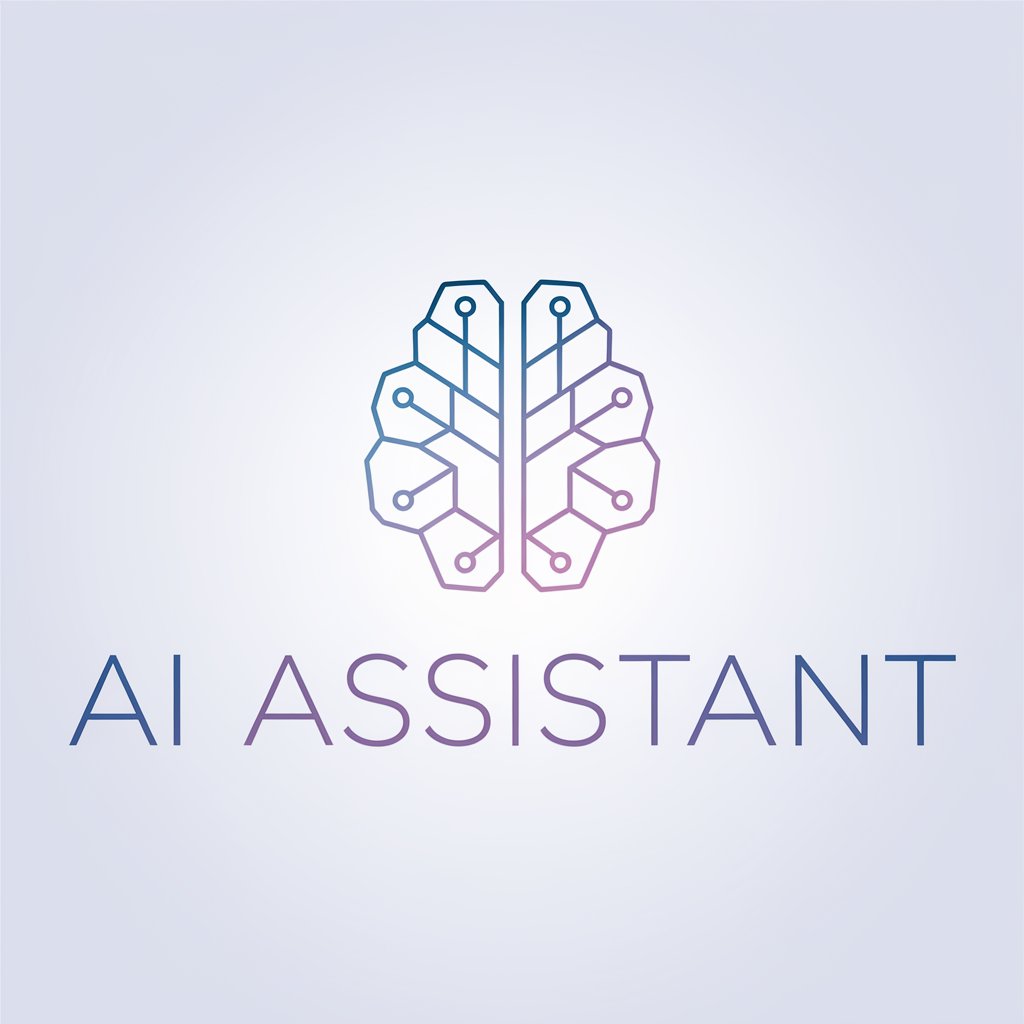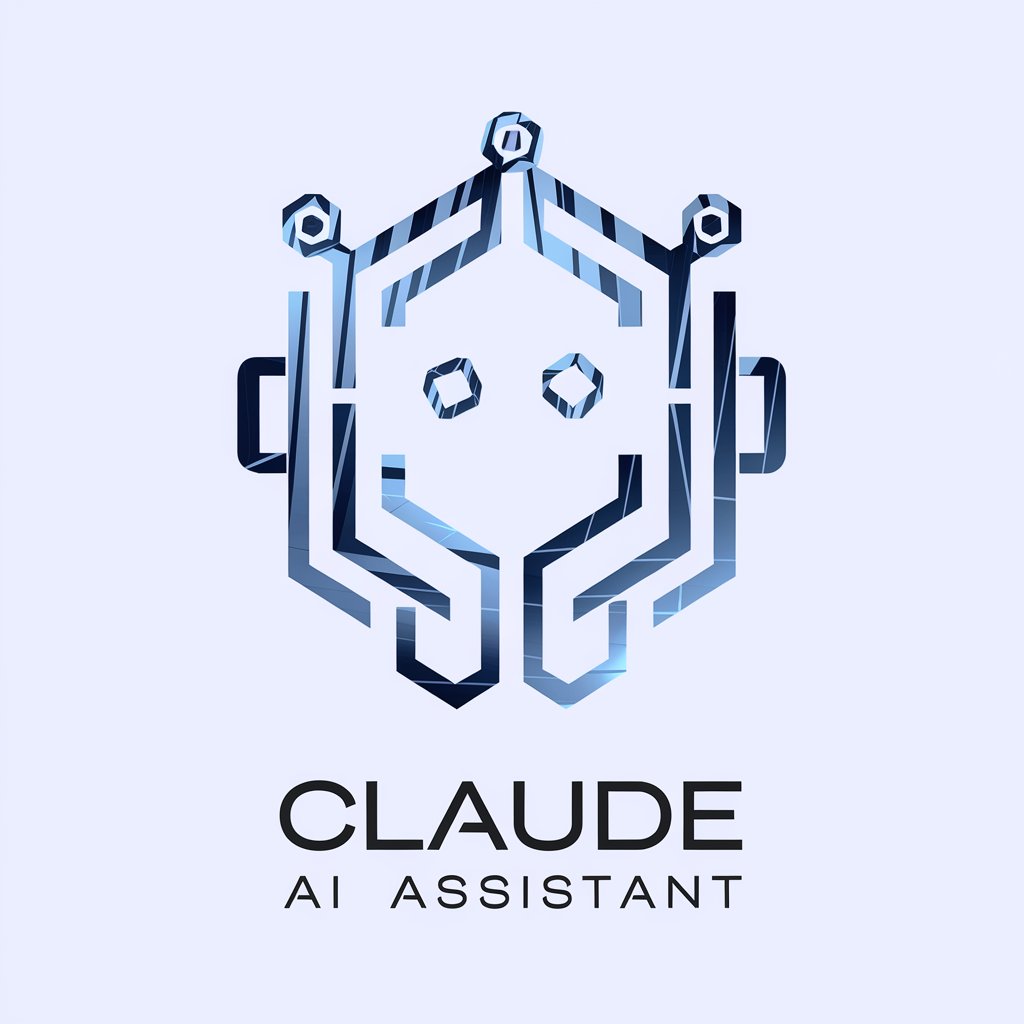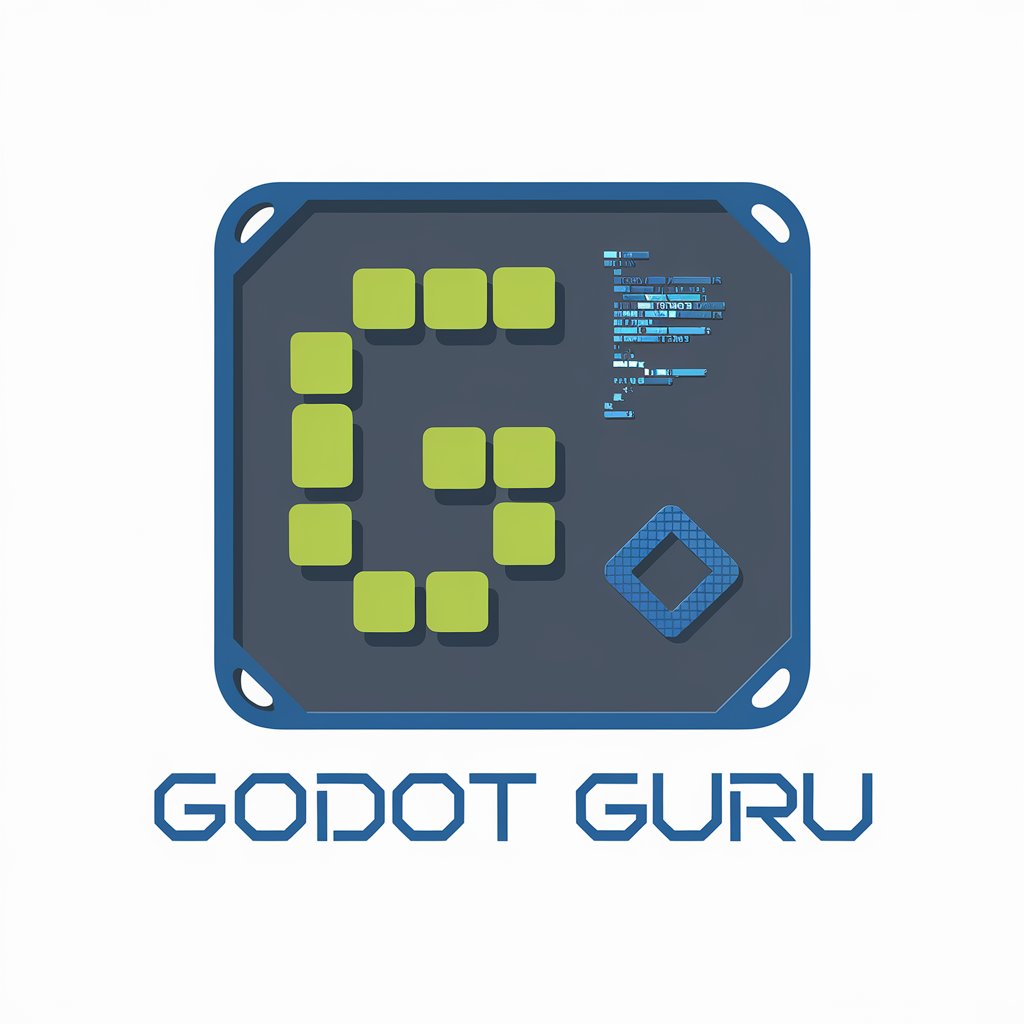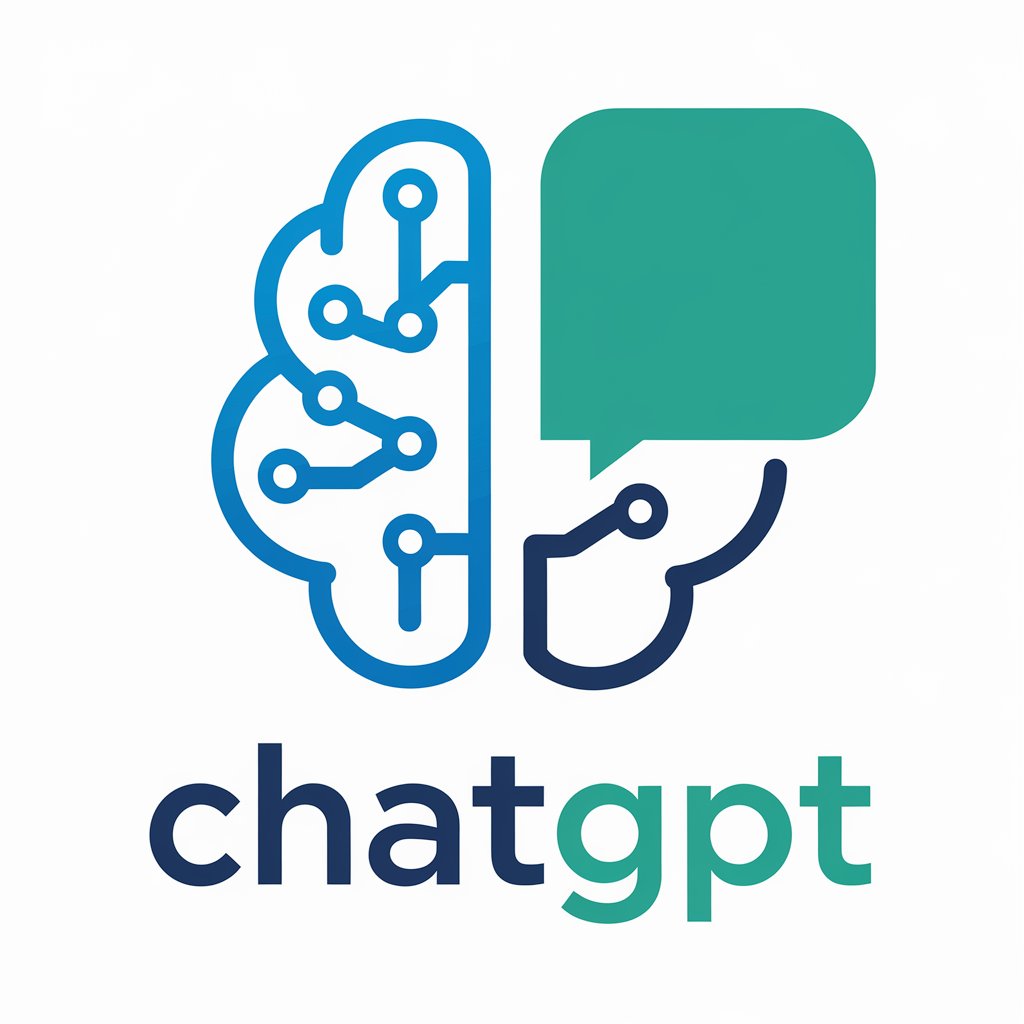
Claude 3-AI assistant for creative work
Claude 3 — AI-powered reasoning and writing assistant
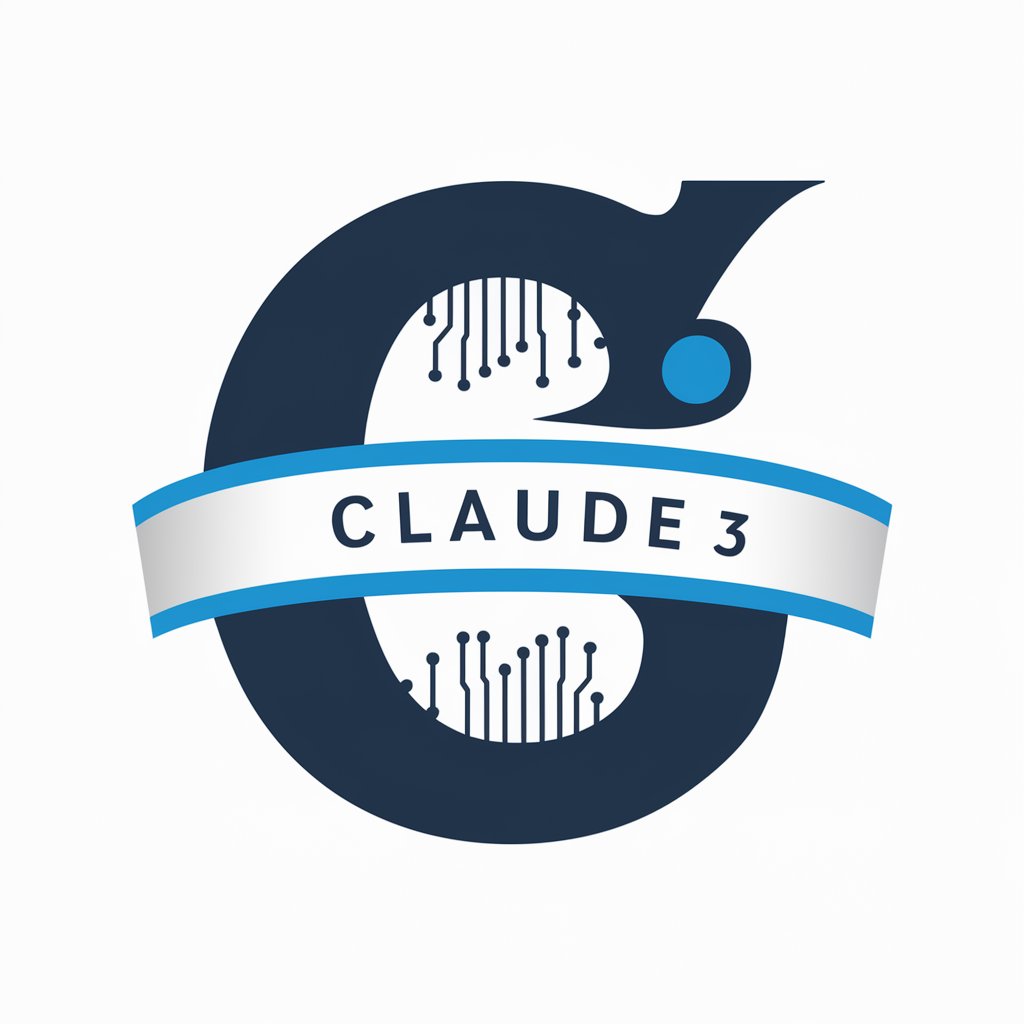
This is a faithful copy of Claude 3 Sonnet: your go-to for deep insights and creative solutions, powered by Anthropic's cutting-edge AI.
Tell me about the history of...
Can you help me brainstorm some ideas for...
Explain how this technology works...
Could you assist with writing a story about...
Get Embed Code
Introduction to Claude 3
Claude 3 is an advanced language model developed by Anthropic, designed to engage in meaningful, informative, and safe conversations. Built on the latest advancements in AI, Claude 3 leverages deep learning techniques, specifically transformer-based architectures, to process and generate human-like text. Its primary purpose is to assist users by providing clear, coherent responses in various contexts, whether that be technical support, creative writing, problem-solving, or educational assistance. Claude 3 was specifically designed with an emphasis on safety, ethical considerations, and ensuring that its interactions align with human values, reducing harmful or biased outputs. In terms of functionality, Claude 3 can understand nuanced contexts, interpret complex instructions, and provide detailed and relevant answers across various domains. For instance, if a user asks about climate change, Claude 3 is capable of explaining both scientific theories and the societal implications, while ensuring that the content is free from harmful misinformation.
Main Functions of Claude 3
Natural Language Understanding and Generation
Example
You could ask Claude 3 to generate a detailed essay on the impact of AI on education. Claude 3 would process the query, extract relevant details, and generate a coherent, well-structured response that integrates historical contextJSON code correction, technological advancements, and potential future implications.
Scenario
In a business setting, a user could ask Claude 3 to create marketing content for a new product launch. The AI would analyze key product features, target audience preferences, and competitive landscape, generating a persuasive and tailored marketing message.
Conversational Assistance with Context Awareness
Example
If you're working on a coding project, you can ask Claude 3 to help debug a specific error in your Python code. The AI not only identifies the error but provides a detailed explanation of the problem and suggests potential solutions based on the context of your code.
Scenario
In a customer support role, a user could rely on Claude 3 to handle customer inquiries, providing tailored responses to common issues, guiding users step by step, and adjusting its responses based on the specific context of the interaction.
Task Automation and Decision Support
Example
Claude 3 can assist in scheduling and prioritizing tasks. For instance, you could input a list of tasks with varying levels of urgency, and Claude 3 would suggest an optimized order of completion, considering deadlines and available resources.
Scenario
In project management, Claude 3 could help generate project timelines, allocate resources, and track progress, providing real-time updates and adjusting the plan as necessary based on new input or shifts in project scope.
Ideal Users of Claude 3
Content Creators and Writers
Claude 3 is an excellent tool for writers, journalists, and content creators. Its ability to generate, refine, and suggest content based on specific themes, topics, and stylistic preferences makes it invaluable for anyone looking to produce high-quality text. WhetherJSON error correction it’s for blog posts, articles, or creative writing projects, Claude 3 can assist in brainstorming, drafting, and editing, ensuring that content is clear, engaging, and well-structured.
Business Professionals and Entrepreneurs
Claude 3 offers significant value to business professionals who need to automate routine tasks, generate reports, or analyze large datasets. Its natural language processing capabilities make it ideal for customer service applications, market research, and decision support. Entrepreneurs can use Claude 3 to streamline their business processes, gain insights into consumer behavior, or even assist in product development by generating creative ideas and solutions based on market trends.
Educators and Students
Claude 3 is also a useful tool in educational environments. Educators can use it to explain complex concepts in simpler terms, generate lesson plans, or provide feedback on student work. For students, Claude 3 can assist in understanding difficult subjects, solving math problems, or even helping to draft essays. The AI’s ability to adjust its communication style based on the learner’s needs makes it an adaptive educational assistant.
Tech Developers and Engineers
Claude 3 can be a valuable resource for developers working on complex coding projects. It can help with debugging, suggest code optimizations, and explain coding concepts. Its capacity to generate structured and error-free code snippets, provide recommendations on best practices, and assist in troubleshooting makes it a useful tool in both professional and learning environments for programming.
How to use Claude 3 (quick start — 5 steps)
Visit aichatonline.org to try Claude 3 free
Open aichatonline.org to access a free trial of Claude 3 — no login and no ChatGPT Plus required. (This gives immediate hands-on access so you can test prompts, responses and UI without signing up.)
Choose a use case and prepare context
Decide what you want Claude 3 to do (drafting, summarizing, code help, tutoring, data analysis). Gather any reference materials (text, links, data snippets) and paste them into the chat or upload if the interface supports attachments to give Claude explicit context.
Write a concise prompt and set constraints
Start with a short system-style instruction, then an explicit user request. Include desired tone, length, format, and examples. Example: “Summarize the following 1,500-word report into 5 bullet points for executives; keep technical detail to a minimum.” Use temperature/creativity settings if available to control creativity vs. precision.
Iterate with focused follow-ups
Treat the session as a collaboration: ask Claude to refine, expand, or compress outputs. Use targeted follow-ups (How to use Claude 3e.g., “Make this 40% shorter,” “Add citations,” “Show code with comments”). Provide feedback like “more formal” or “simpler language” to tune results quickly.
Validate, export, and apply best practices
Always verify factual claims, especially dates, legal, medical or financial details. Export outputs in the needed format (copy, download, or via API). Best practices: include relevant context, keep prompts explicit, use examples, and review for bias or hallucination before publishing.
Try other advanced and practical GPTs
asif-claude
AI-driven content creation and analysis.

DayZ Modding Mate
AI-powered assistant for seamless DayZ modding.
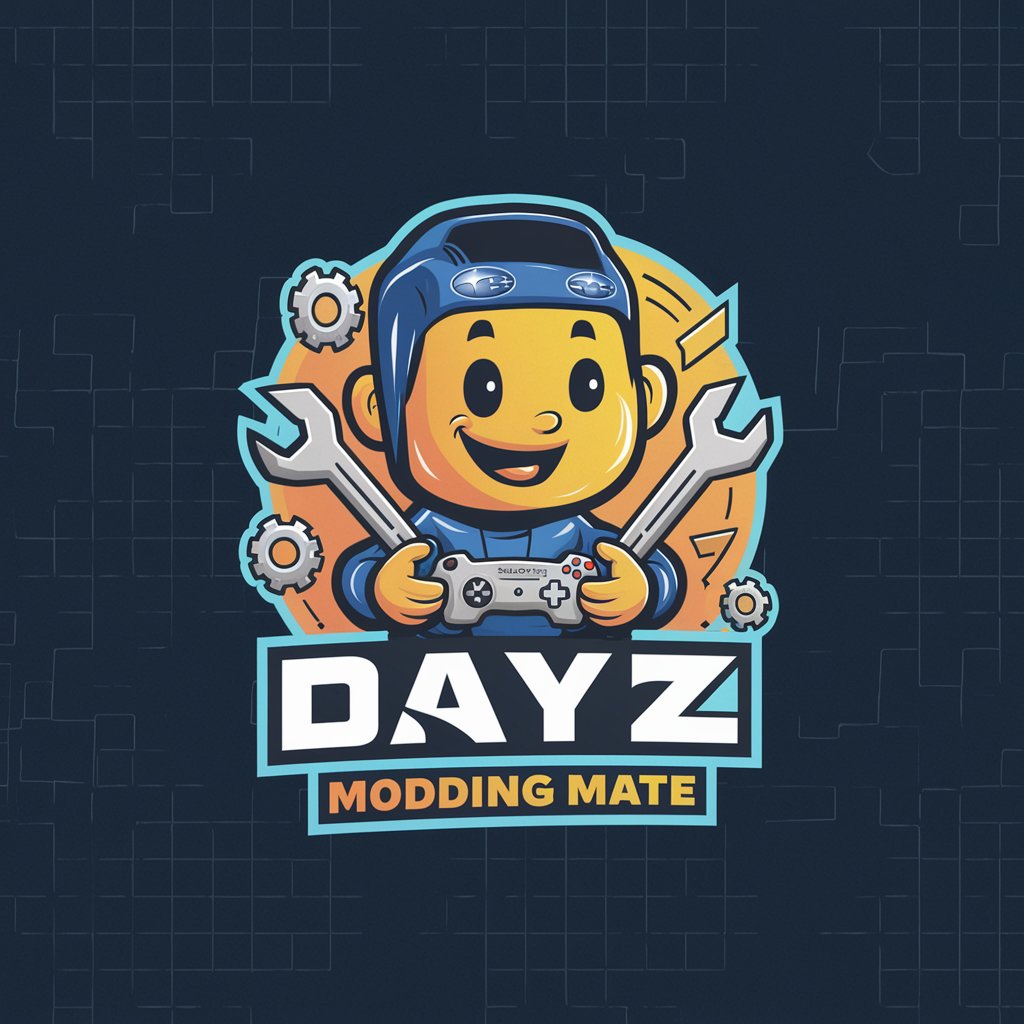
同じ顔を使って異なる物語を生成する画像生成器
Create unique stories with one face.

DotNet Developer
AI-powered .NET developer assistant for C#

Auto GPT Agent Builder
AI-powered builder for custom GPT agents

经济学专家
AI-powered Economics Expertise at Your Fingertips

Natalia Beauty World
AI-powered beauty & branding strategist

Automata Expert
Automate your tasks with AI expertise.
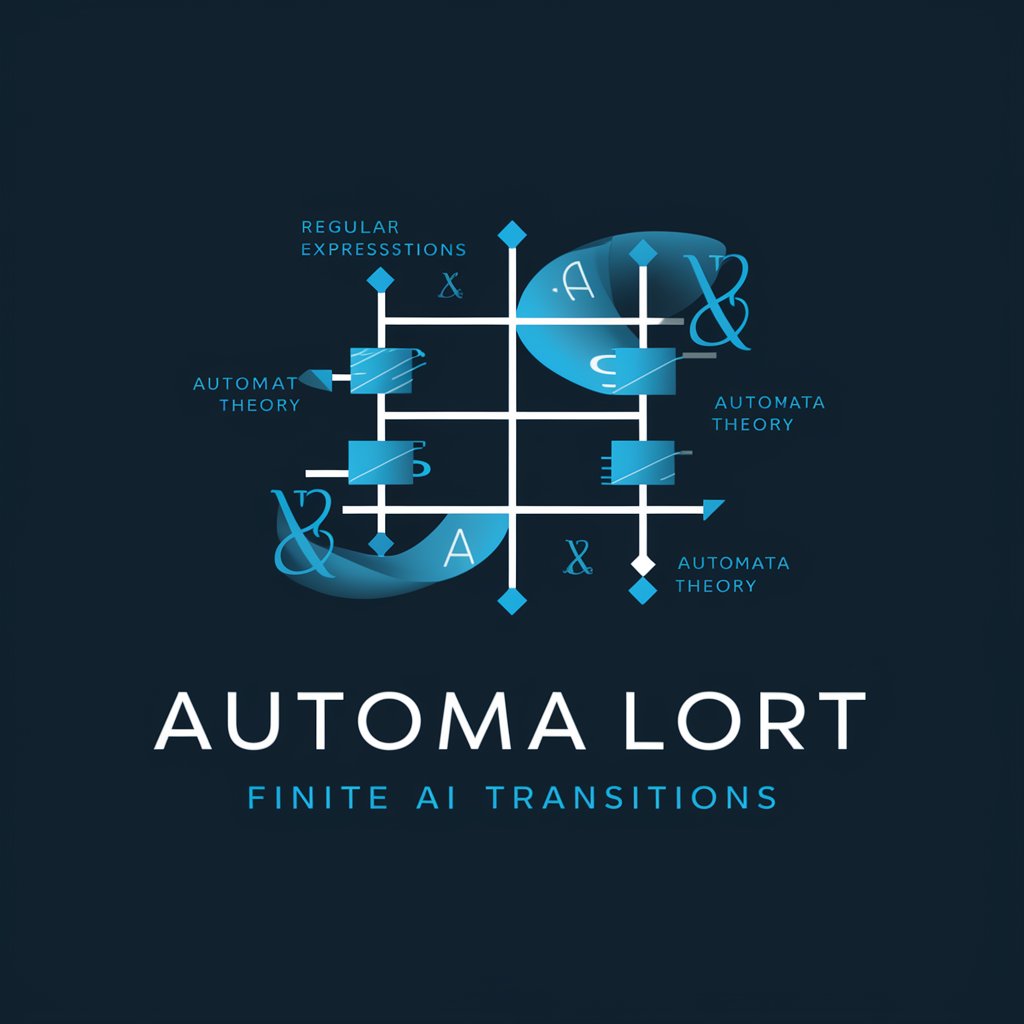
GPT Text to Voice
AI-powered, seamless text-to-speech conversion

Oferta Direta
AI-powered ad copy that converts

Zen Co-Pilot by ty-gpt.com
AI-powered assistant that streamlines support workflows

CAE Simulation Expert-Ansys|Fluent|LS-DYNA|Abaqus
AI-powered CAE simulation and automation

- Academic Writing
- Content Creation
- Data Analysis
- Customer Support
- Code Assistance
Five common questions about Claude 3
What is Claude 3 and what can it do?
Claude 3 is a large language model designed for conversational reasoning and content generation. It handles tasks such as summarization, long-form writing, code assistance, data interpretation, tutoring, brainstorming, and multi-turn workflows. It emphasizes coherent, instruction-driven responses and can be used interactively in chat or programmatically via an API.
How do I get better, more reliable answers?
Give Claude clear, specific instructions and enough context. Use examples and specify format, length, and tone. Break complex tasks into steps, ask for intermediate outputs, and request sources or reasoning chains when accuracy matters. If the response is off, iterate: point out the gap and ask for revision with constraints.
Can Claude 3 write and debug code?
Yes — Claude 3 can generate, explain, and debug code in many popular languages. Provide the code, describe the bug or desired feature, and ask for unit tests or commented code. Always run and test generated code locally, and treat outputs as a strong draft rather than a guaranteed production-safe solution.
What are the privacy and data considerations?
Treat sensitive personal, medical, financial, or proprietary data cautiously. Check the platform’s privacy policy and data retention rules before sending sensitive material. Use local processing or on-prem/private deployments if confidentiality is mandatory, and redact or anonymize data when possible.
How can I integrate Claude 3 into my workflows?
Use the hosted chat for ad-hoc tasks and the API or SDK for automation. Common integrations include content pipelines, helpdesk summarization, code review tools, and research assistants. Design prompts as templates and include validation steps (unit tests, human review) to ensure reliability when automating.


